Use of Growth Hormone in Sports
Hormones in the human body act as intermediaries. Although some functions are inherent to them individually, the role of an intermediary is reflected in the more precise name of growth hormone — somatotropic hormone.
According to the definition, tropic hormones or tropins are hormones that indirectly influence the body's vital processes. Growth hormone acts as an intermediary in the formation of IGF-1 — insulin-like growth factor.
By measuring the level of IGF-1 in the blood (sometimes referred to as somatomedin C in laboratories), one can attempt to determine the quality of human recombinant growth hormone.
WADA officers will try to track the use of synthetic growth hormone by measuring IGF-1 levels. We will discuss these attempts in the last section of the article, but for now, let's return to the quality issue.
Growth Hormone Purification
The most important indicator of the quality of recombinant somatotropin is its purity level from related proteins. In this case, related proteins are the waste products of E. coli bacteria.
If the growth hormone is not purified from related proteins, the body significantly increases the production of antibodies against it. Why are antibodies harmful? Because they prevent the growth hormone from performing its main function — acting as an intermediary in the body's production of IGF-1.
Initially, an injection of any somatotropin leads to an increase in IGF-1 levels in the blood, but over time, antibodies reduce the effectiveness of the administered drug, and our precious growth factor is produced less and less.
If you continue to inject low-quality somatotropin for a long period, the level of IGF-1 may drop even below the initial value.
By knowing your baseline level of insulin-like growth factor and performing control tests for IGF-1 two, three, and four weeks after starting growth hormone injections, you can roughly determine the quality of the drug you are using. This method has been tested repeatedly and has never failed.
History
In medicine, growth hormone began to be used in the late 1950s, but it was first tried as a doping agent in sports only in 1982. According to Dan Duchaine, official sources indicate a different date: 1984, during the Los Angeles Olympics.
Of course, it was not the growth hormone most actively used today — at that time, synthetic (recombinant) somatropin was just beginning its journey to the public, so athletes used extracts from the pituitary glands of corpses.
This extract had many drawbacks, but representatives of almost all sports disciplines pounced on the novelty, believing that a "breakthrough" in results was now assured.
However, externally introduced somatotropic hormone benefited only a few, primarily strength athletes: weightlifters and powerlifters, as well as shot putters and hammer throwers.
For athletes in sports where endurance or precise technique is paramount, the new type of doping not only did not help but even hindered. Its use often resulted in noticeable water retention in the body, negatively affecting both endurance and technique.
Moreover, the old somatotropin quickly lost its effectiveness. At that time, no one knew how to use growth hormone correctly in sports, so they acted blindly. There were far more problems than solutions.
But even these problems did not stop athletes from using growth hormone. The reason was simple: somatotropin was considered the ideal doping, as it was impossible to detect.
With the introduction of the synthetic version of growth hormone in the mid-1990s, its use as a doping agent became widespread.
The only deterrent was the high price — not every athlete could afford to use such an expensive substance in their training. This barrier fell in the early 2000s when the now well-known "Jintropin" appeared on the market.
Why Growth Hormone is Used in Sports
Most often, somatotropin is used for rehabilitation after injuries, strengthening ligaments and joints, faster recovery after physical exertion, fat burning, and muscle mass gain.
Strengthening Ligaments and Joints
Since results in weightlifting and powerlifting largely depend on the strength of ligaments, growth hormone is highly valued here. Moreover, not much is needed for this purpose.
In team sports and martial arts, where joint and ligament injuries are common, growth hormone has been actively used in rehabilitation processes: it significantly shortens athletes' forced rest periods.
Body Recovery
In cyclical sports and the aforementioned martial arts, growth hormone is used for its ability to accelerate recovery after intense exercise. The usual protocol is a small injection half an hour before sleep on heavy training days.
Sometimes, very high-quality growth hormone in modest doses is used with EPO to increase endurance, but now it is increasingly replaced by insulin-like growth factors.
Muscle Mass Gain
Increased levels of somatotropin lead to a significant increase in protein synthesis by suppressing amino acid oxidation. Anabolic steroids and IGF-1 act as synergists to growth hormone here.
Therefore, those who need more muscle can greatly benefit from growth hormone. Additionally, growth hormone almost completely suppresses glucose absorption by fat cells, even in the presence of insulin.
Most of the freed glucose is absorbed by muscles, promoting both anabolism and the prevention of fat deposits.
Fat Burning
Growth hormone not only prevents fat accumulation but also promotes its "burning" by significantly activating lipolysis – the breakdown of fat into fatty acids.
This capability is utilized by bodybuilders, fitness enthusiasts, and others to showcase well-defined muscles on stage.
Athletes who need to fit into their weight category also benefit from this. Just remember to stop using growth hormone some time before the start, as it will be impossible to get rid of excess water in the body otherwise.
Doping Control
Interestingly, growth hormone was added to the IOC's list of banned substances only in 1989. However, detecting it was not easy. The growth hormone extracted from pituitary glands was impossible to trace.
It wasn't detectable through urine analysis. The use of recombinant growth hormone also remained undetectable for a long time.
It wasn't until 2004 that a more reliable detection method was developed. However, it wasn't ready for the Athens Olympics and debuted four years later at the Beijing Olympics.
Did it take off? Not quite. Since then, cases of detecting growth hormone can be counted on two hands. Why? Not because it wasn't used.
Dr. Don Catlin, who has headed the anti-doping laboratory in Los Angeles for the past 25 years, expressed it best.
"Yes, we now have a reliable method [for detecting growth hormone]. The issue is it's not very good. If you inject growth hormone in the morning and provide a urine sample in the afternoon, it can still be detected. But if you inject it in the morning and give a sample the next day, we won't find anything."
The problem for anti-doping officials is that growth hormone has a pronounced delayed action, meaning its effect remains strong for nearly two weeks after the last injection.
This means there is no need to inject it right before a competition or even when entering the Olympic village, where testing begins.
Even if you inject it the evening before the competition to recover better, it's not a big deal: growth hormone can only be reliably detected 12 hours after injection, relatively reliably for another 6 hours. If more than 18 hours have passed since the injection, there's nothing to worry about.
Unfortunately, this is just the beginning... WADA is not planning to stop. Fully aware that currently, only clinical idiots can be caught using growth hormone, WADA officials are moving forward.
Remember what I mentioned in the first section of this article? WADA plans to build its future fight against somatotropin in sports based on IGF-1 levels and the number of antibodies.
Blood samples are not usually taken from athletes — it's too complicated. But sometimes they are, for example, if the urine analysis raises WADA officers' suspicions.
New Methods for Detecting Exogenous Growth Hormone
Currently, two methods are being developed to detect externally administered somatotropic hormone through blood analysis — direct and indirect methods.
Method 1 involves detecting antibodies to growth hormone in the athlete's blood — since the body's own somatotropin does not trigger their formation.
Method 2 is based on determining the level of insulin-like growth factor: if it exceeds the upper normal limit, it can be presumed that the athlete used a drug containing synthetic growth hormone as the active ingredient.
I'm not a lawyer, so I can't predict the legality of WADA's methods. But I do know that any attempt to determine whether an athlete used synthetic somatotropin based on anything other than urine analysis is currently illegal.
Moreover, I have "vague doubts" about the effectiveness of the proposed methods. For instance, it is unlikely that growth hormone use will be detected if the antibody count is around one percent — by the time of analysis, their number will not be sufficient for detection.
It is unclear what "exceeding the permissible limit" means, as people are different, and someone might naturally have a very high IGF-1 level.
Besides, I can think of three ways to avoid detection of growth hormone use based on IGF-1 levels — all of which are fairly simple. I believe there are even more ways. But let's not get ahead of ourselves — all in good time.

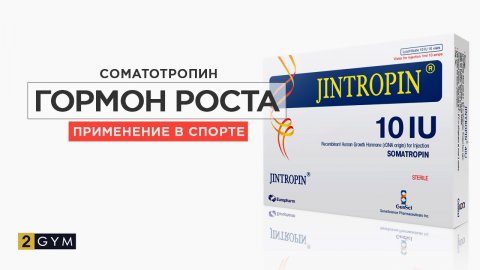









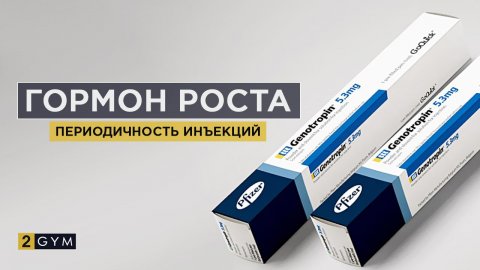


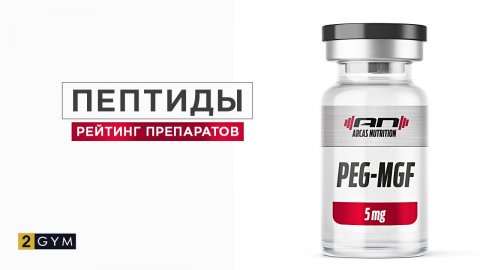
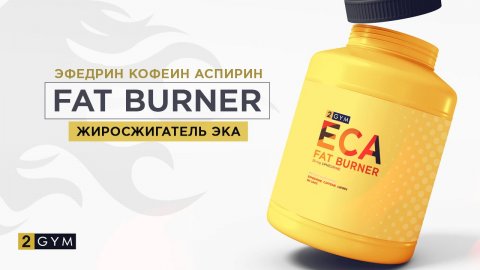

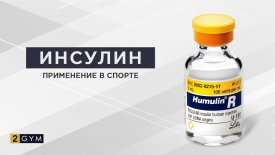
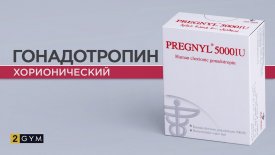
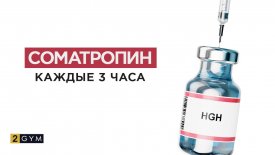


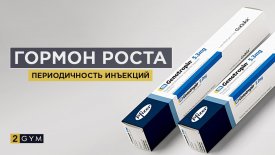
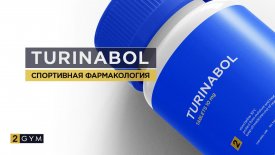





Log in with ( Sign Up ? )
or post as a guest
High doses of growth hormone, around 10 international units per day, which significantly raises IGF-1 levels above the upper normal limit, can theoretically accelerate the development of malignant tumors.
At the same time, it can be assumed that moderate doses of growth hormone, no more than 10 to 14 international units per week, not only do not accelerate the growth of malignant neoplasms but may even, by strengthening the immune system, counteract their development. However, this last statement still needs verification.
Suspicion of a malignant tumor can still be considered a reason to discontinue growth hormone injections, just in case.